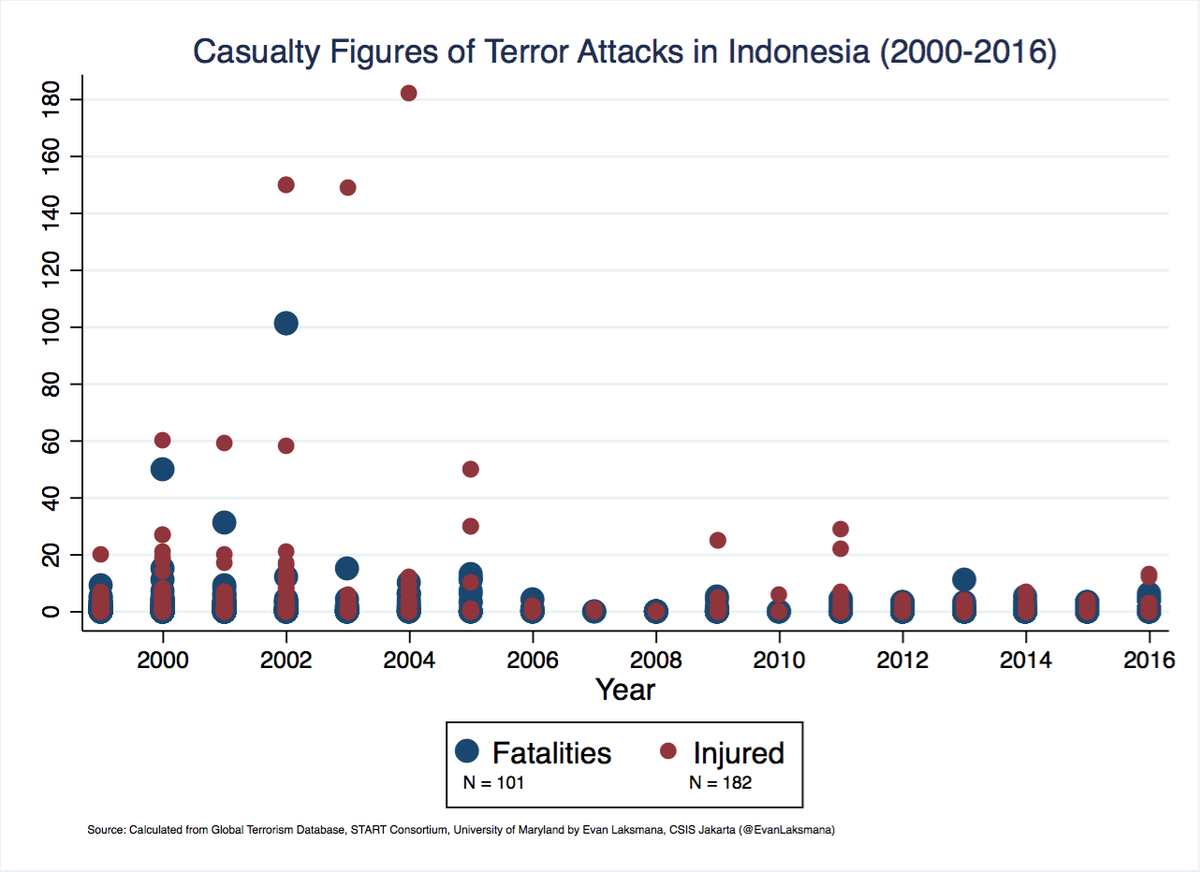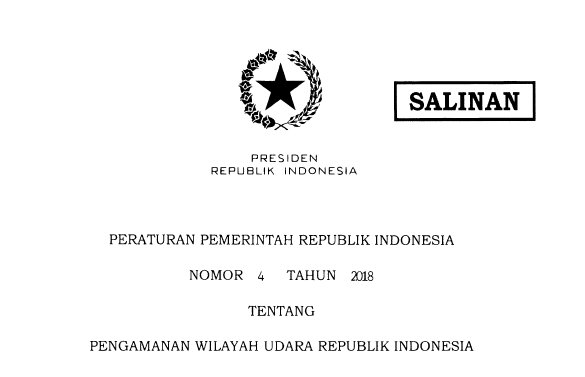In light of #SurabayaAttacks revising the anti-terror law isn’t the only— nor is it necessarily the best—policy option. One *critical* aspect of a national counter-terrorism system we don’t have yet? National Emergency System, as @debrynadewi reminds us 👇🏻 

Remember the chaos during and after the Jan '16 attacks in Thamrin where the area couldn't be cleared immediately, emergency & medical response was slow, people were watching and the rest of Jakarta didn't know what was going on? Similar chaotic pattern last week 2/
Indonesia needs a broader, single, and integrated national CT system that integrates, inter alia: (1) emergency information management (eg. official warnings and notices to avoid hoaxes), (2) emergency medical and public health response (eh hospitals, ambulance, etc.), 3/
(3) firefighter and other first response services, (4) on-scene tactical response (beyond waiting to have Densus 88 or special forces to come), (5) daily threat matrix that can be updated before, during, and after attacks, 4/
(6) centralized intelligence system across different agencies channeled to a single hub under president w/o bureaucratic infighting (we don't have an executive national security council and polhukam or wantannas may not be best orgs for certain types of intel processes) 5/
(7) regular drills for emergency procedures during terror attacks, which we all hate as civilians, but government agencies and commercial and public buildings should always have in place and always ready for 6/
These are not the only elements of a wider CT system. But we do need to have a comprehensive system in place that views terrorism as not just a problem of security or ideology but also disaster and emergency management 7/
Indonesia's terror problem isn't going away anytime soon and while debates over radicalization persist, we need to figure out how to minimize the damage of and opportunity for attacks. There are plenty of policy options we can consider beyond anti-terror law #nopanacea <END>
• • •
Missing some Tweet in this thread? You can try to
force a refresh








